Sharks are often seen as the ultimate predators of the ocean, striking fear into the hearts of beachgoers worldwide. But even these powerful hunters have their own predators. Let’s dive into the fascinating world of creatures that turn the tables on sharks and make them their prey.
Killer Whales
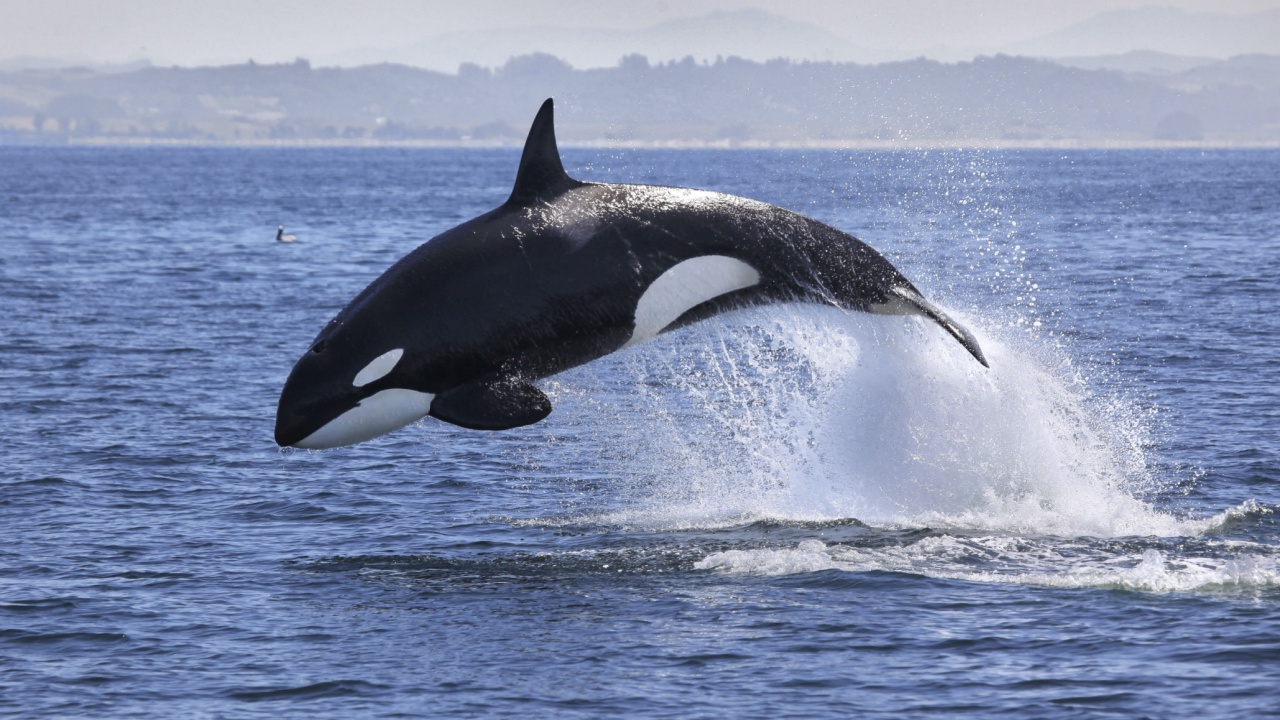
Killer whales, also known as orcas, are apex predators that have been known to hunt sharks. These intelligent marine mammals use their size, strength, and hunting skills to overpower even large shark species. Orcas have been observed flipping great white sharks upside down, causing them to enter a trance-like state called tonic immobility. This allows the orcas to eat the shark’s nutrient-rich liver without much resistance.
Great White Sharks
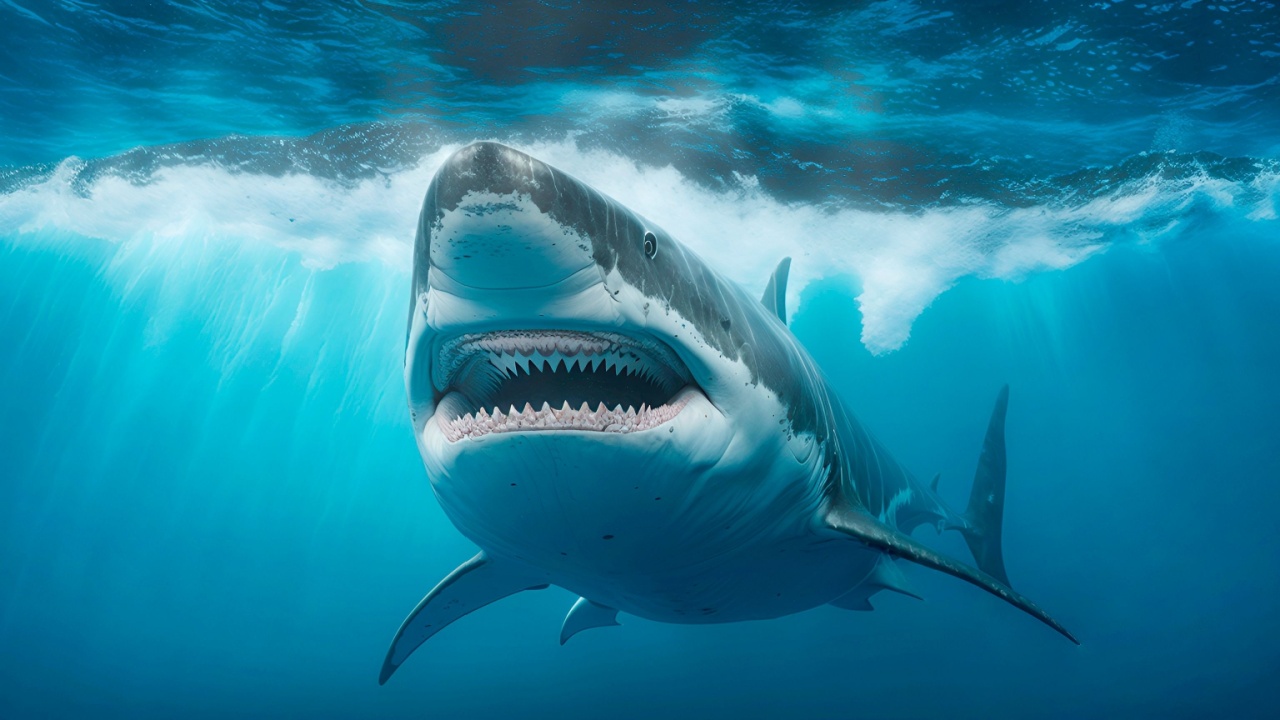
In a surprising twist, great white sharks sometimes eat their own kind. This behavior, called cannibalism, has been observed in various shark species. Larger great whites may attack and eat smaller ones, especially in times of food scarcity. This cannibalistic behavior shows that even the most feared predators in the ocean can become prey to their own species.
Giant Squid
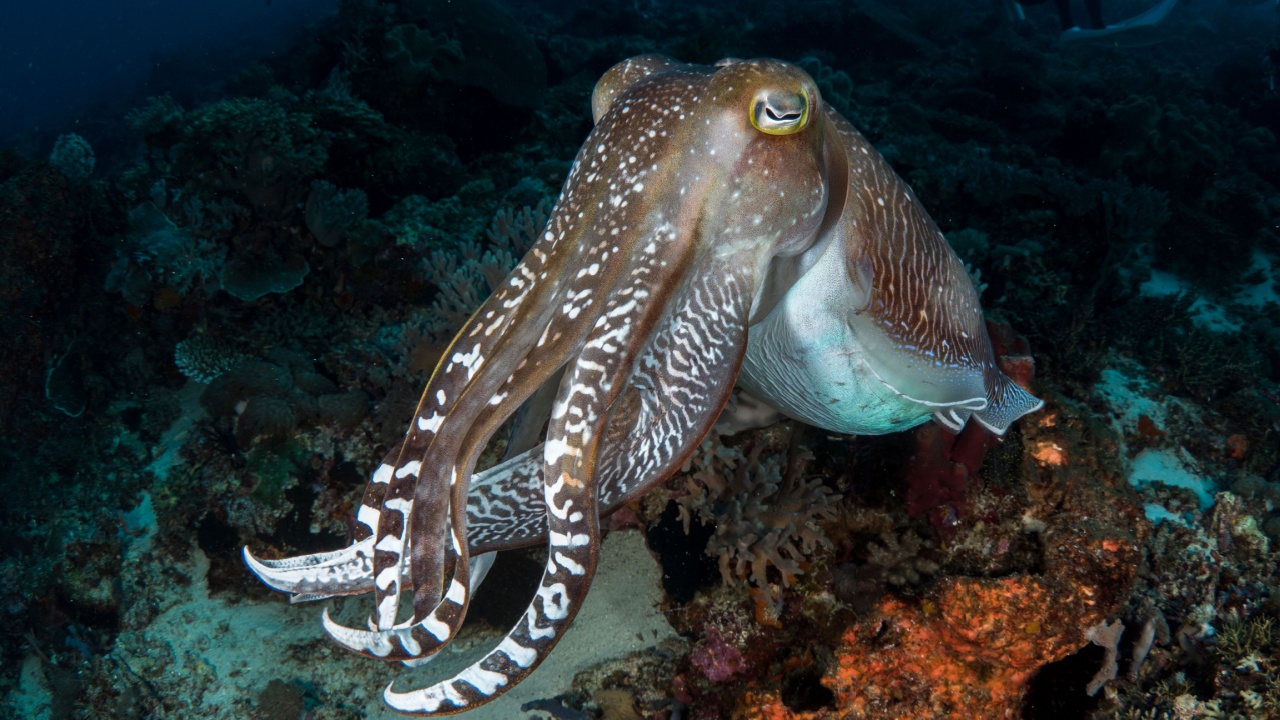
The mysterious giant squid, rarely seen by humans, is a formidable predator of the deep sea. These massive cephalopods have been found with shark remains in their stomachs. With powerful tentacles and a sharp beak, giant squid can grapple with and consume various shark species. The battle between a giant squid and a shark would be an incredible sight to witness in the ocean depths.
Crocodiles
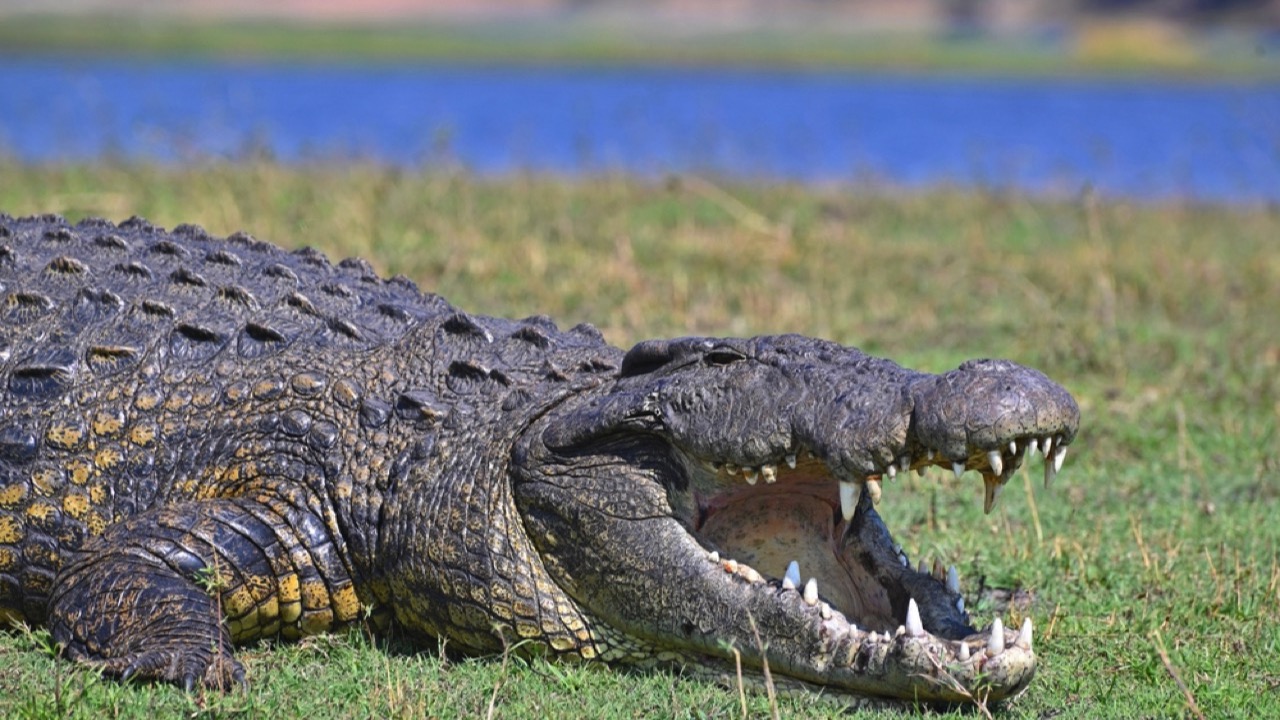
While crocodiles are primarily freshwater predators, some species venture into coastal areas where they may encounter sharks. The saltwater crocodile, in particular, has been known to attack and eat bull sharks that enter river systems. These ancient reptiles use their powerful jaws and ambush tactics to overpower sharks that stray too close to their territory.
Seals
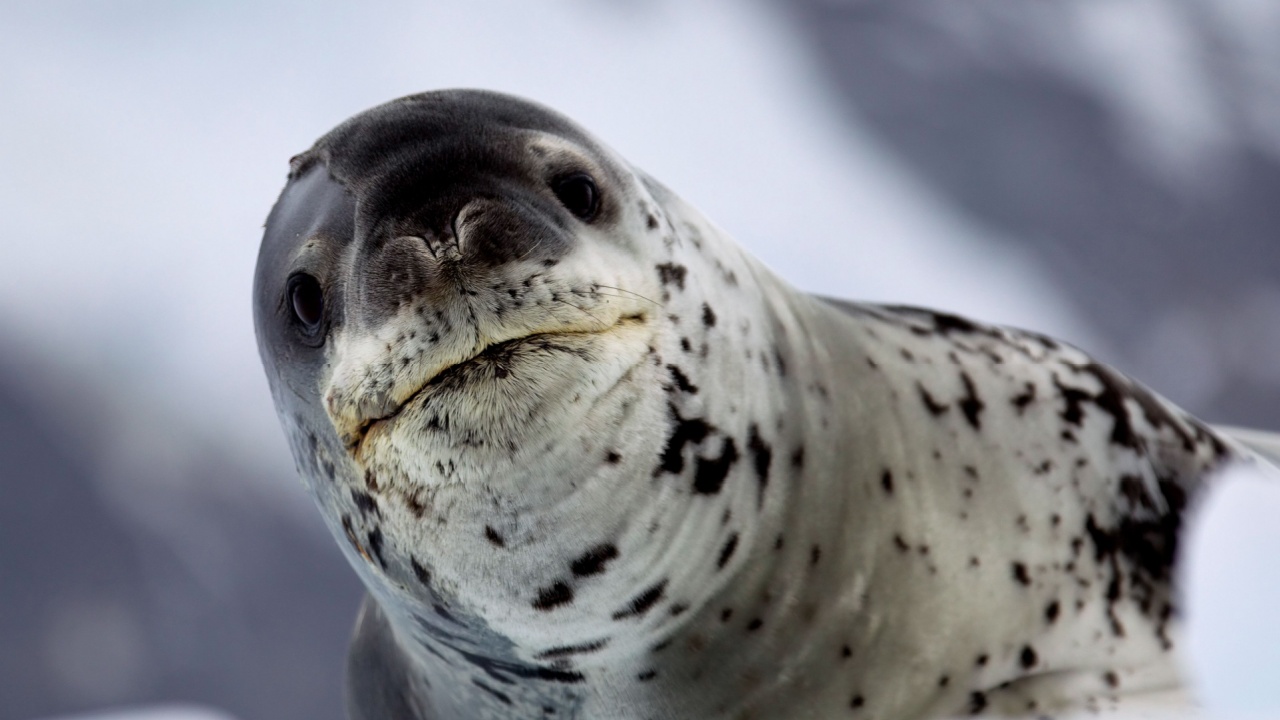
It might come as a surprise, but some seal species have been observed hunting and eating sharks. The leopard seal, found in Antarctic waters, is known to prey on smaller shark species. These agile swimmers use their sharp teeth and powerful jaws to tear into their shark prey. It’s a remarkable role reversal, considering that many shark species hunt seals as a primary food source.
Groupers
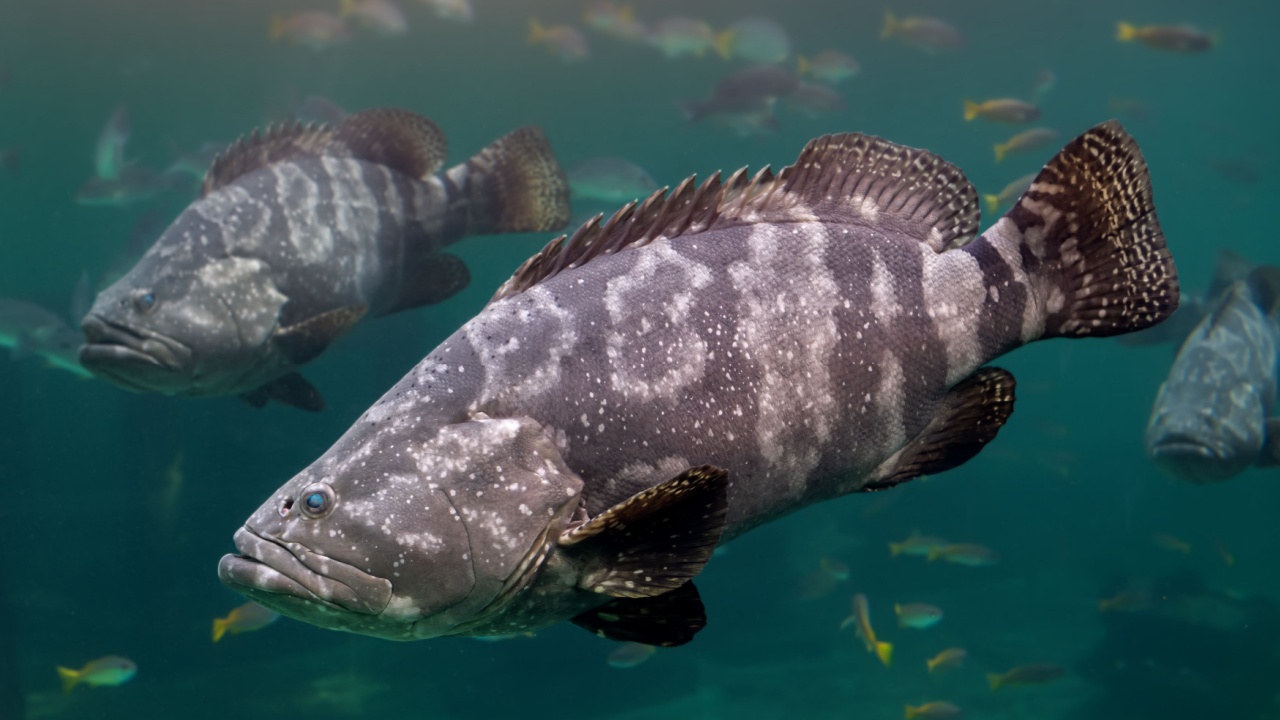
Groupers are large, predatory fish that inhabit coral reefs and rocky areas of the ocean. Some species of grouper, like the giant grouper, grow large enough to swallow small sharks whole. These opportunistic feeders have been observed consuming various shark species, including nurse sharks and reef sharks. Their huge mouths and strong suction power make them formidable predators in their own right.
Humans
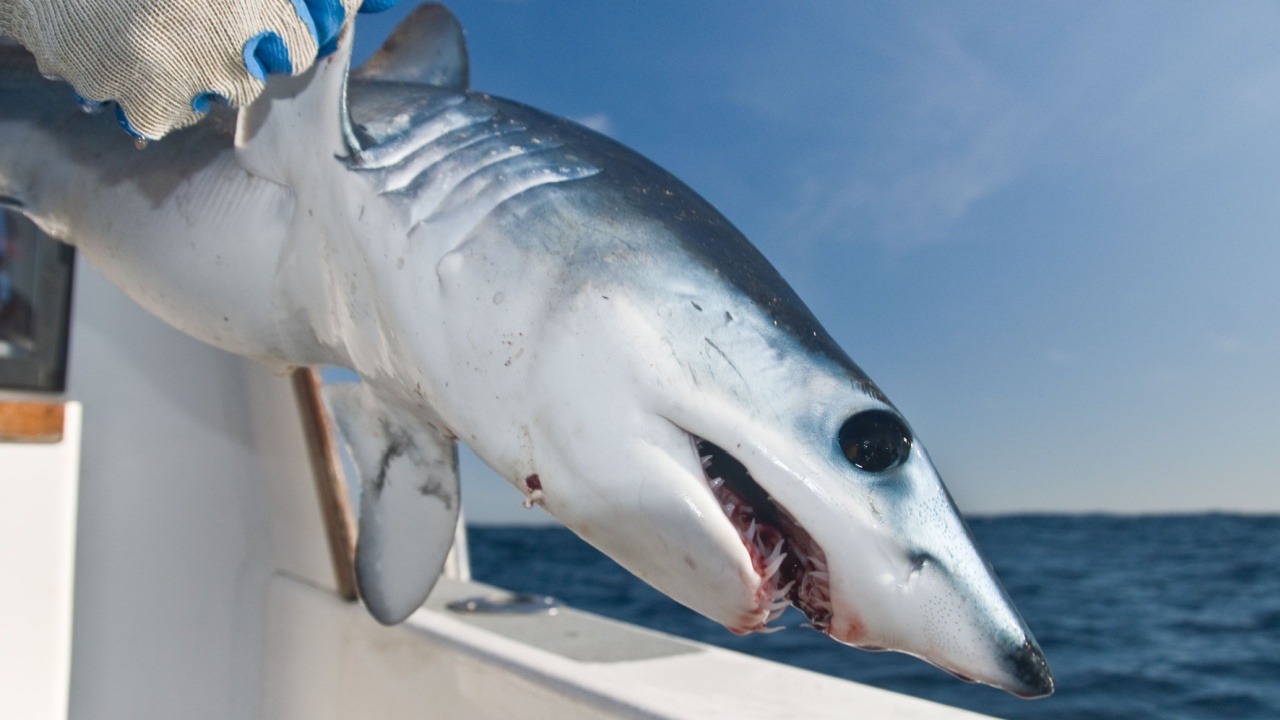
Humans are perhaps the most significant predators of sharks. Through commercial fishing, shark finning, and habitat destruction, humans have caused significant declines in many shark populations worldwide. While not typically consumed for sustenance, sharks are often caught for their fins, used in shark fin soup, or as bycatch in other fishing operations. This human impact on shark populations is a major conservation concern.
Sperm Whales
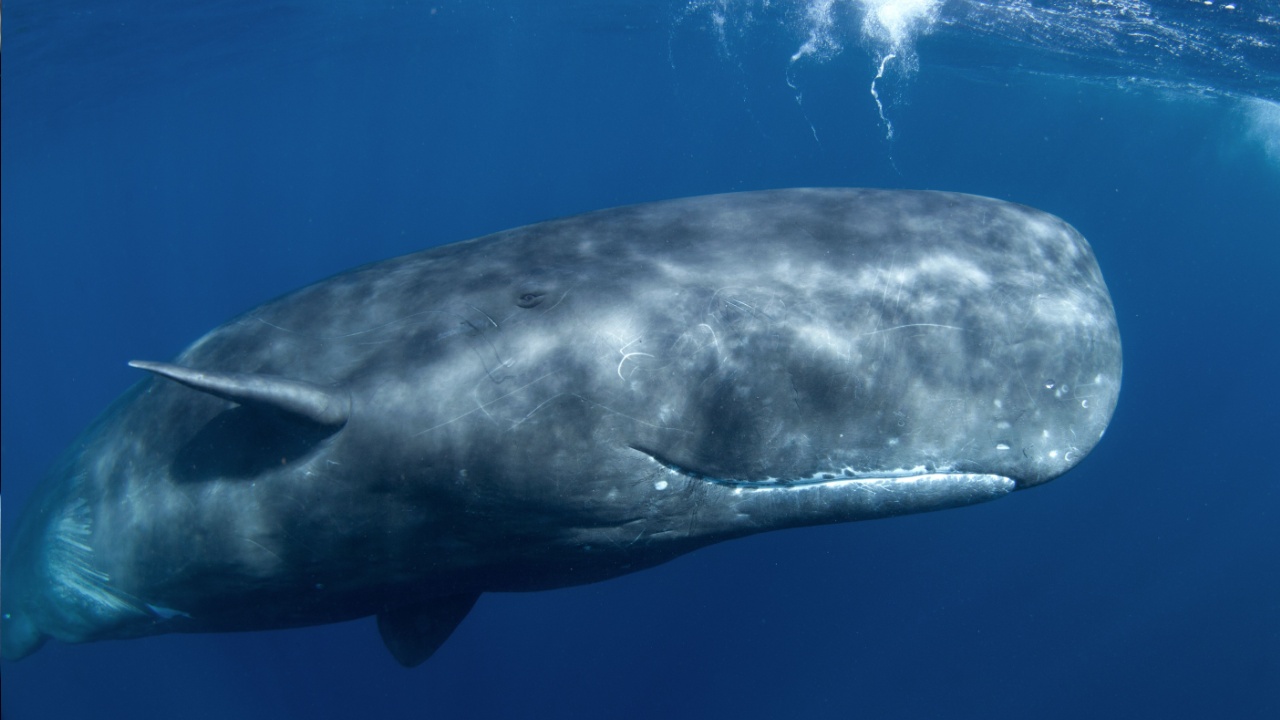
Sperm whales, the largest toothed predators on Earth, have been known to consume sharks. These deep-diving giants primarily feed on squid, but they’ve been found with shark remains in their stomachs. Sperm whales use their powerful echolocation to locate prey in the dark depths of the ocean. Their size and hunting abilities allow them to tackle various shark species, adding them to their diverse diet.
Large Bony Fish
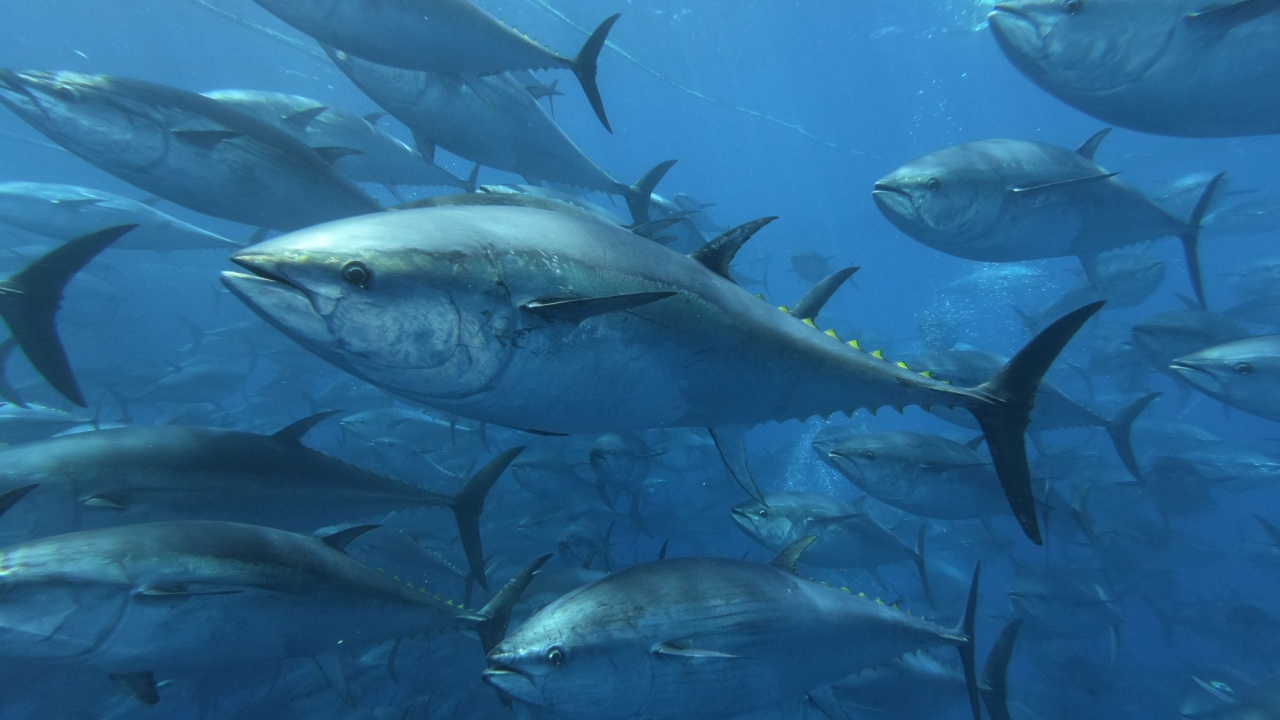
Some large bony fish species have been observed preying on sharks. The goliath grouper, for instance, can grow to massive sizes and has been known to attack and eat nurse sharks. Bluefin tuna, another large and powerful fish, have been found with small sharks in their stomachs. These examples show that in the ocean, size and strength often determine who becomes the predator and who becomes the prey.
Octopuses

While it might seem unlikely, some large octopus species have been known to prey on small sharks. The giant Pacific octopus, for example, has been observed attacking and eating dogfish sharks. Octopuses use their intelligence, camouflage abilities, and powerful arms to overpower their shark prey. This unexpected predator-prey relationship highlights the diverse and complex nature of marine ecosystems.
Gulper Eels

The gulper eel, a strange deep-sea creature, has been found with shark remains in its stomach. These eels have enormous mouths that can expand to swallow prey larger than themselves. While they primarily feed on smaller fish and squid, they’ve been known to consume small sharks when the opportunity arises. The gulper eel’s ability to eat sharks showcases the unique adaptations of deep-sea predators.
Greenland Sharks
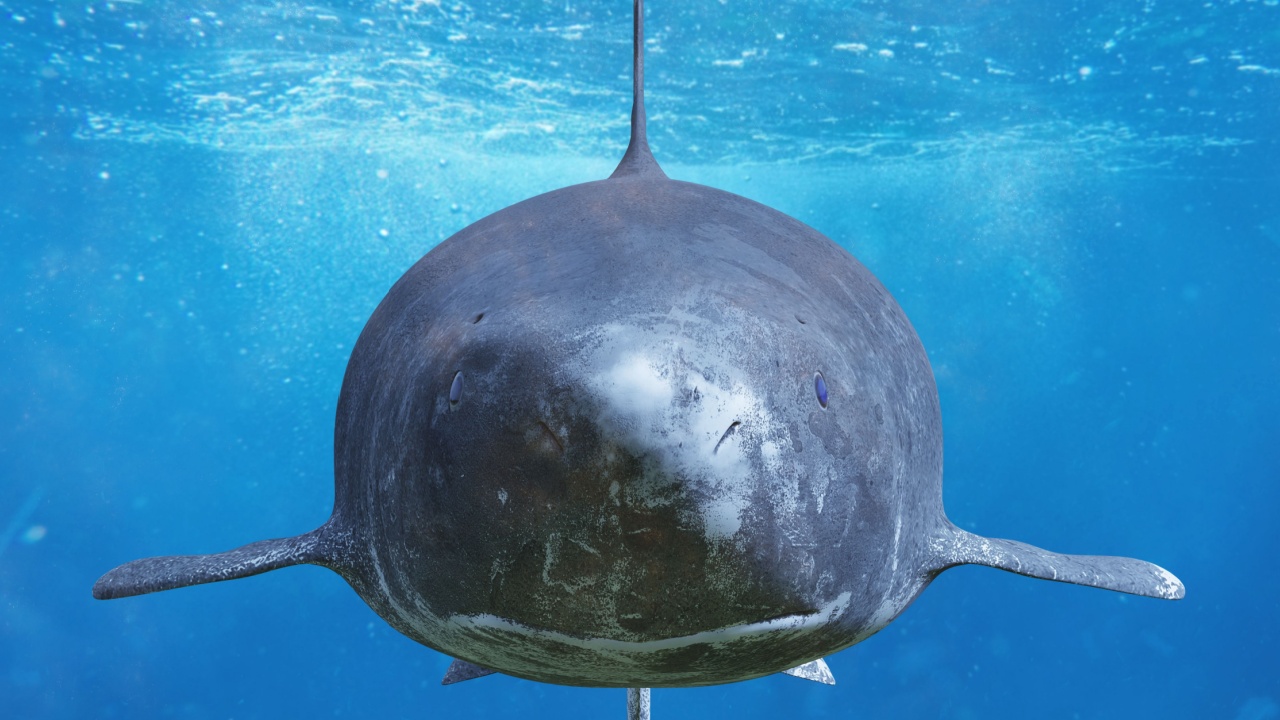
Greenland sharks, known for their longevity and slow growth, have been found with remains of smaller shark species in their stomachs. These Arctic dwellers are opportunistic feeders and will consume a wide variety of prey. Their ability to hunt in freezing, dark waters allows them to prey on other shark species that venture into their territory.
Sixgill Sharks
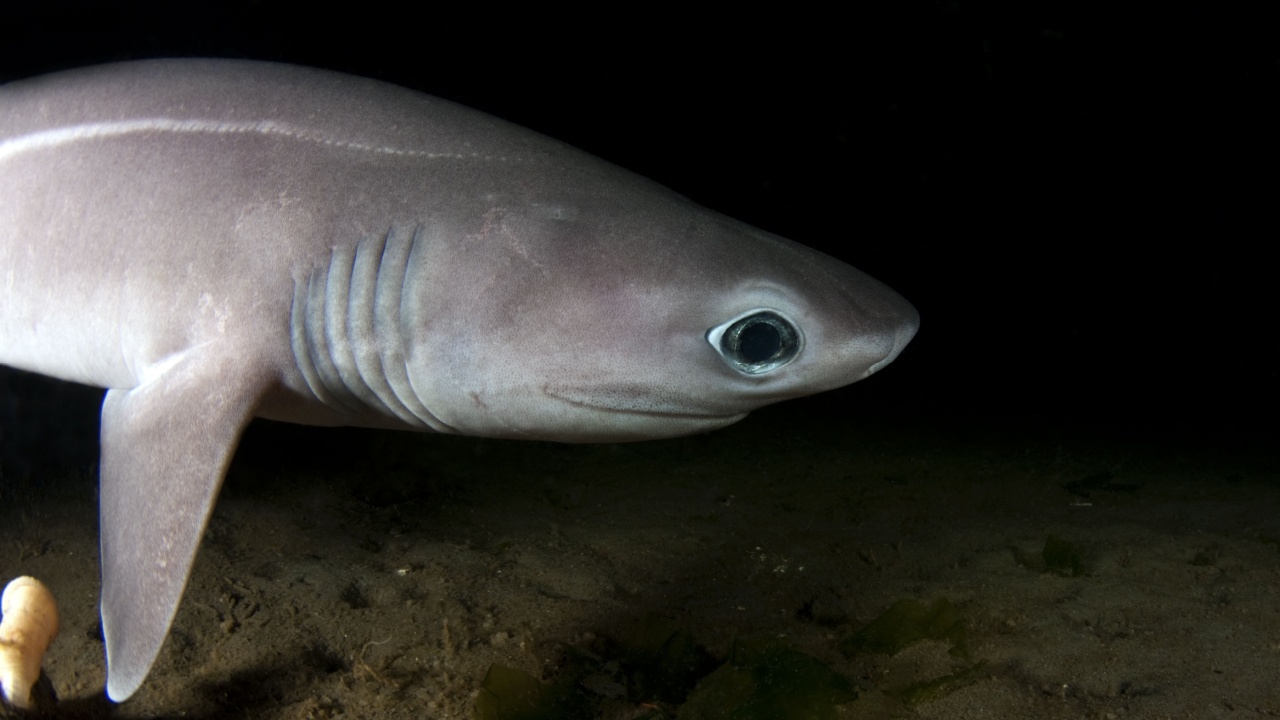
Sixgill sharks, ancient deep-sea predators, have been observed feeding on other shark species. These large sharks use their unique six-gilled respiratory system to thrive in the oxygen-poor waters of the deep ocean. Their size and adaptations allow them to hunt and consume various marine creatures, including smaller shark species that inhabit the same deep waters.
Giant Trevally
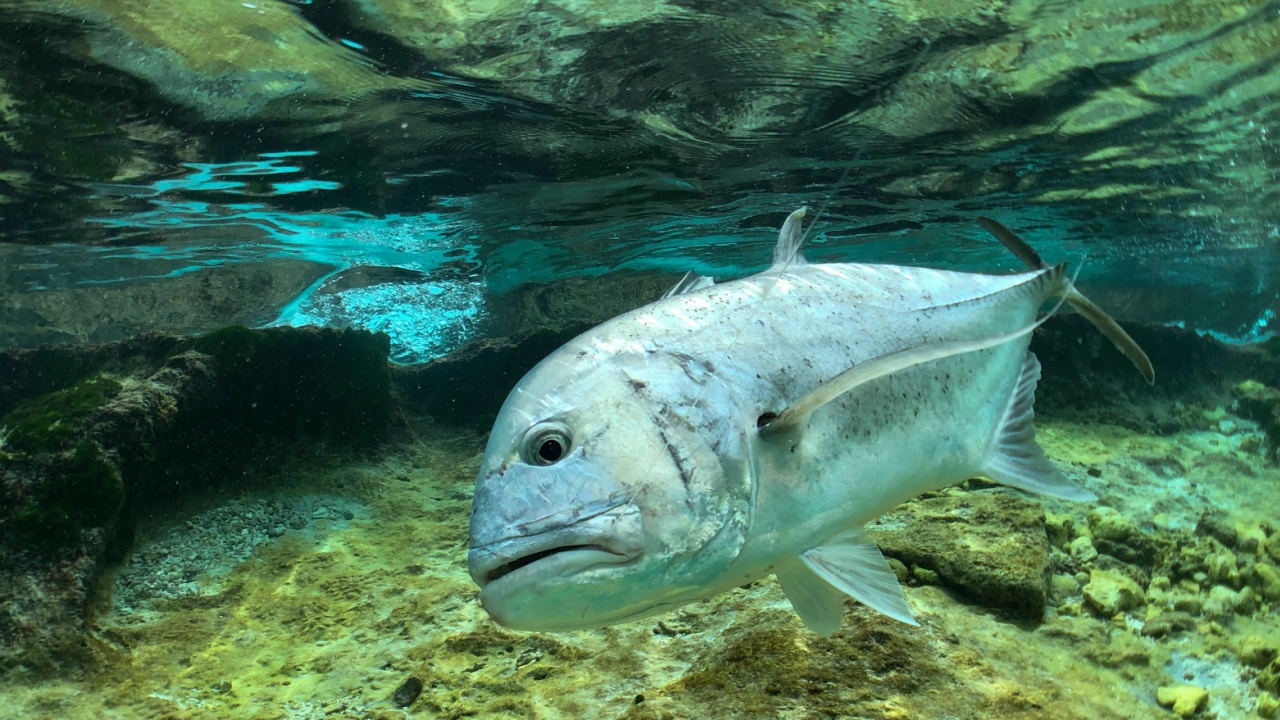
The giant trevally, a large predatory fish, has been known to attack and eat small shark species. These powerful swimmers are aggressive hunters, often working in groups to overpower their prey. While sharks aren’t their primary food source, giant trevallies have been observed taking advantage of opportunities to prey on smaller sharks, showcasing their adaptability as predators.
Hammerhead Sharks
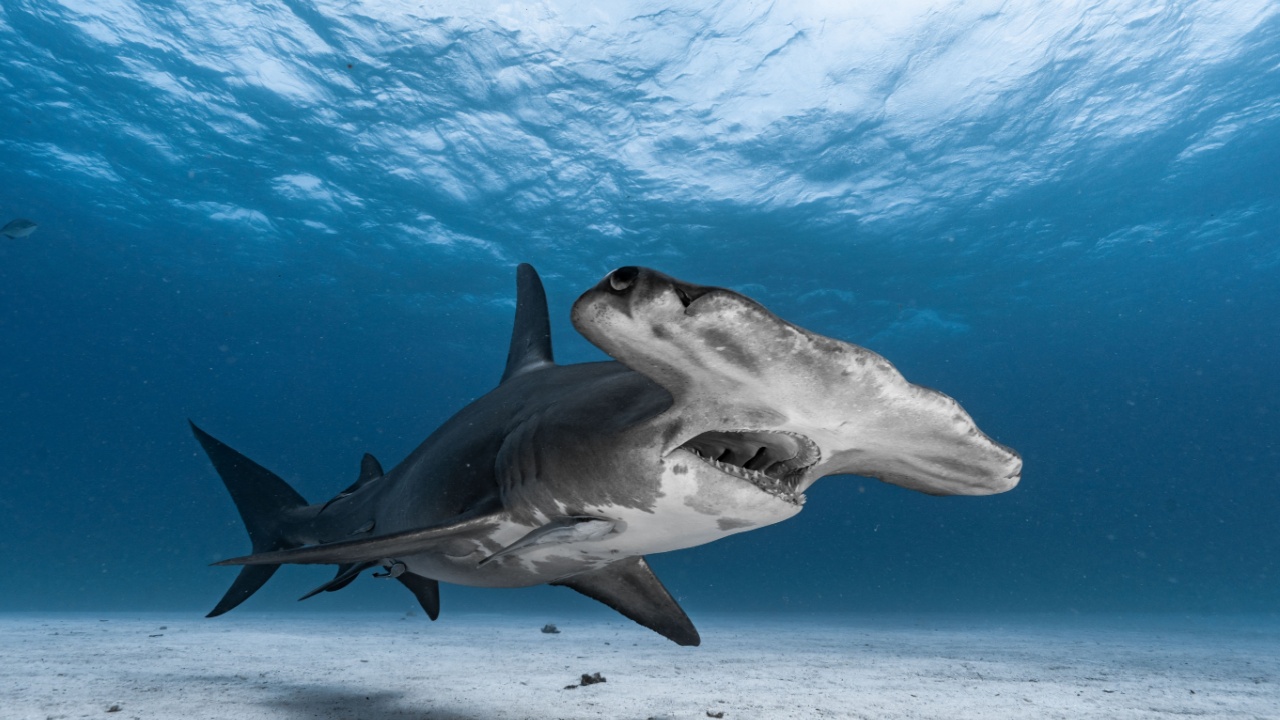
Hammerhead sharks, known for their distinctive hammer-shaped heads, are formidable predators that sometimes prey on other shark species. These unique creatures use their wide-set eyes and special sensory organs to detect and hunt their prey effectively. Larger hammerhead species, like the great hammerhead, have been observed attacking and eating smaller shark species, including blacktip reef sharks and bonnethead sharks.



